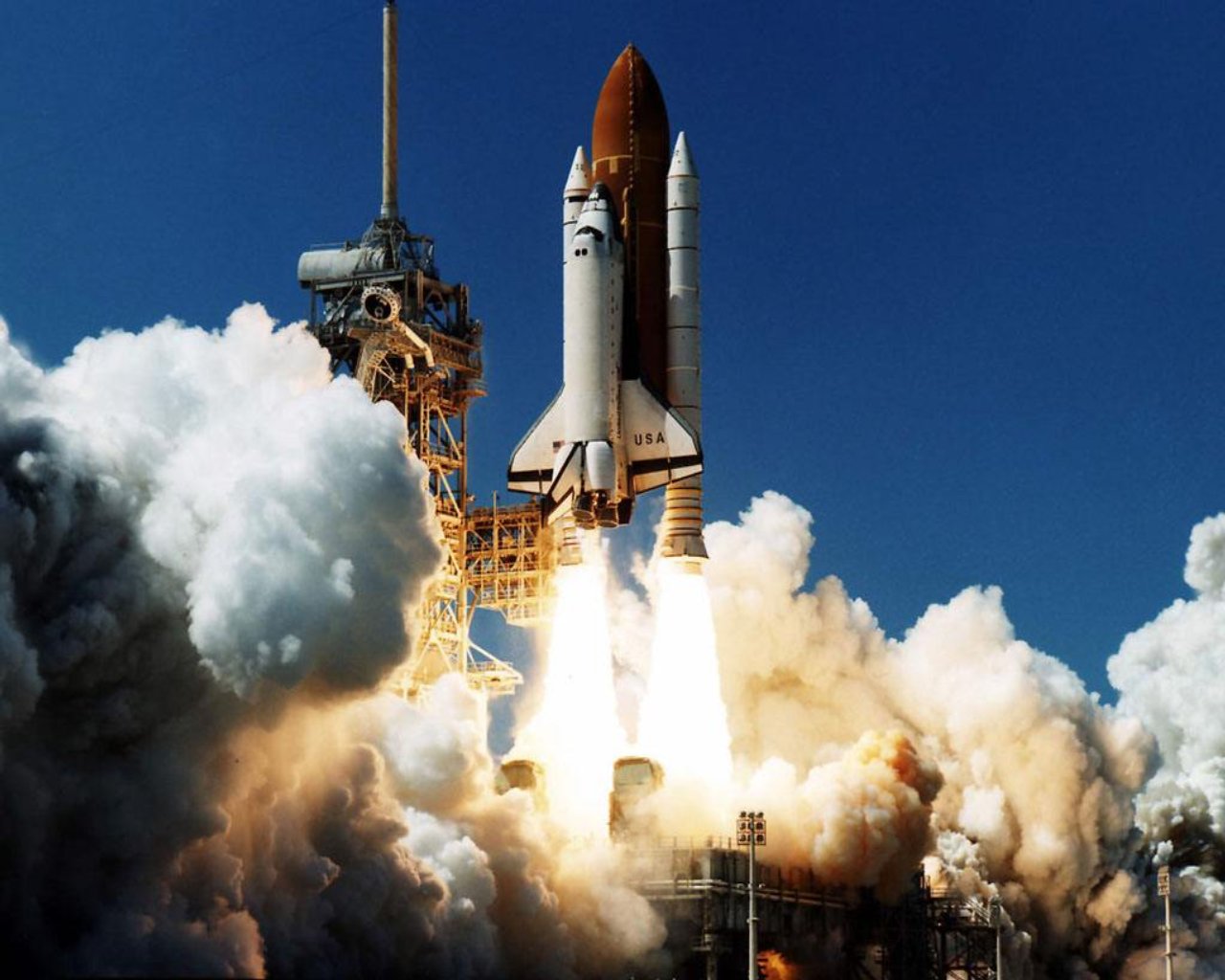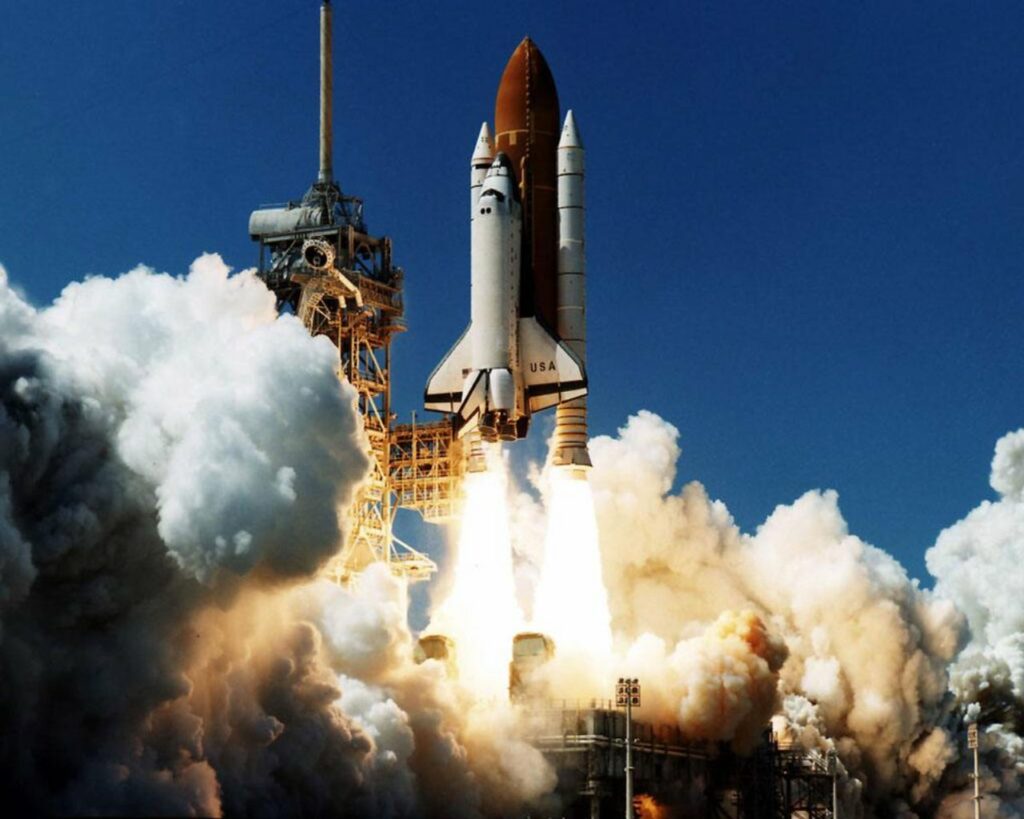Humanity’s quest to explore the cosmos is as old as the history of civilization. The principles of rocket science can be traced back to more than two thousand years. The first rocketeers did not know much about the scientific underpinnings of rockets, they learned by doing, often failing. Through their discoveries they laid the foundation for modern rocketry.
Rocket development dates back to somewhere “between 428 to 347 BC” when Archytus, a Greek philosopher, mathematician, and astronomer, reported having constructed and flown the first self-propelled, small bird-shaped flying device. The ‘bird’ was suspended by wire or mounted at the end of a bar that revolved around a pivot. Using a jet of steam, Archytus, was able to propel the bird through the air; in effect he demonstrated the concept of reactive propulsion.
Over 500 years later, between 65 and 125 AD, another Greek inventor, known as Hero of Alexandria, developed the first known device to use steam for propulsion, called ‘Hero engine’. It consisted of a hollow sphere placed on top of a vessel of heated water. Around the same time, the Chinese developed a simple form of gunpowder, prepared with saltpeter, sulfur and charcoal dust, which when ignited, produced colorful sparks and smoke. They used these fireworks for religious and social festivals. Soon they started experimenting by filling bamboo tubes with gunpowder and noticed that if one end of the bamboo tube was tightly sealed with clay and ignited, the fireworks escaped from the other end, producing an upward thrust that led to the invention of the first solid rocket. However, they were unaware that this could be used for destructive purposes or even for travelling into space, from this point forward the use of rockets spread to India and Europe.
Meanwhile, in the 13th century, Roger Bacon, an English monk, worked and improved the formula for gunpowder so that it could result in more explosive power. He wrote down his insights in manuscripts that became a part of a growing body of knowledge on rocketry. By the 16th century, the chemistry and mechanics of rockets were becoming well-known and military manuals included chapters on designing and building rockets.
Later on,Kazimierz Siemienowicz a commander in the Polish Royal Artillery studied rocket design; one of his manuscript included a design for a multistage rocket, consisting of two or more stages, each of which contained its own engines and propellant. The staging became a critical technology for rockets designed for space. The 16th and 17th centuries were significant because of incredible advancements in astronomy, chemistry, physics, and mathematics and the great contributors to these advancements were Galileo and Newton.
Galileo investigated the effect of gravity on falling bodies and summarized that all bodies fall at a uniform rate of acceleration assuming there is no air resistance, while Isaac Newton turned out to be a game changer in rocketry and his three laws of motion lay down the solid foundation for rocket development, his first law of motion which stated, “A body will persist to do whatever it happens to be doing unless it is acted upon by a force”, was key in these developments. However, even with Newton’s scientific underpinnings, no further fundamental advancements were made in the manufacture of rockets until Colonel William Congreve, who developed a standard set of rockets and made the greatest impact by standardizing their parts and manufacturing techniques.
The 19th century is remembered as significant for scientific evolution and rocket science reached new heights during the same time. Robert H Goddard regarded as the “father of modern rocketry”. Although his basic concept of liquid-fueled rocket got validation a few years after his death, actually it was Goddard who launched his prototype space rocket in 1926 for the first time in history. He and his team launched around 34 rockets between 1926 to 1941 through private sources. Due to Goddard’s efforts Yuri Gagarin carried out the first manned flight into space on 12th April 1961.
In 2011 the United Nations General assembly marked 12th April as the International Day of Human Space Flight. Since then, it is celebrated across the globe to pay homage to the thousands of individuals whose contributions turned an ancient dream into a reality.

Saadeqa Khan is the founder, CEO, & Editor-in-Chief of Scientia Pakistan. She’s a member of the Oxford Climate Journalism Network (Second Cohort) and NASW. Saadeqa is a fellow of NPF Washington, The Falling Walls Foundation, and the Science Journalism Forum. Saadeqa has won several international journalism grants and awards for her reports.


